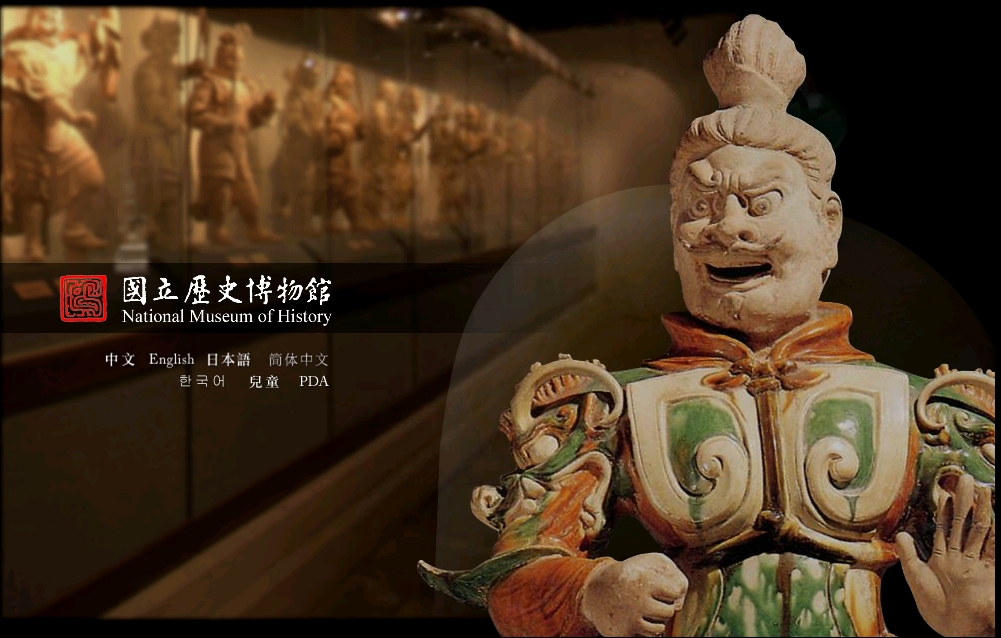  |
Bronze ware (National Museum of History)
The collection of bronze ware in the National Museum of History, which has long been valued by archaeologists, were unearthed in Xinzheng, Hui County and Yinxu. Bronze can be used to make weapons for its sharpness; it can also be used to make ritual ... |
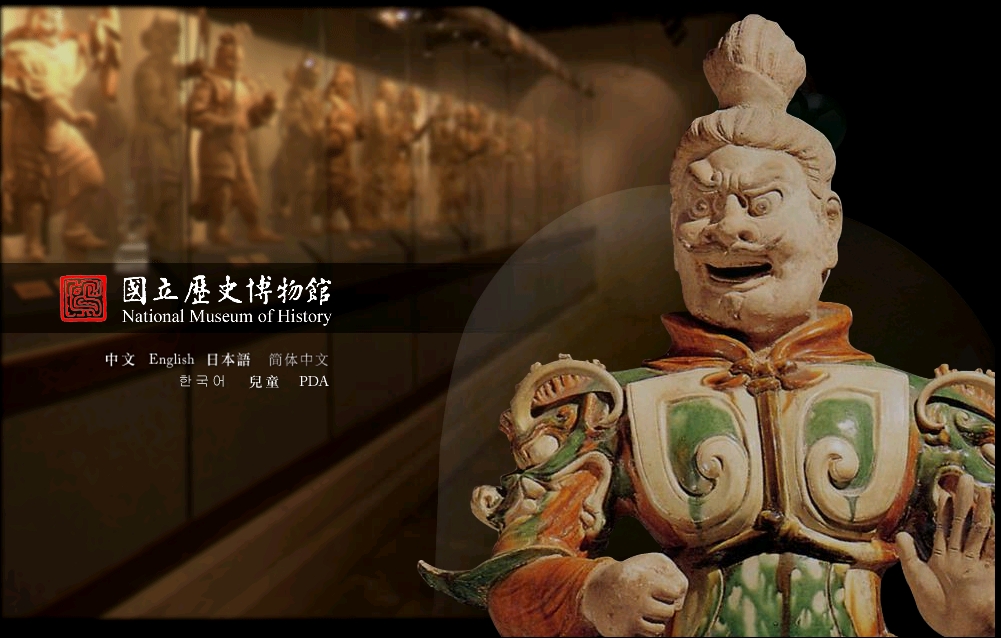  |
Porcelain (National Museum of History)
For many years, the pottery products from the Changsha Kiln have been an important part of cultural artifacts collected by the National Museum of History, and have become the largest collection in Taiwan. Pottery from the Changsha Kiln located in the... |
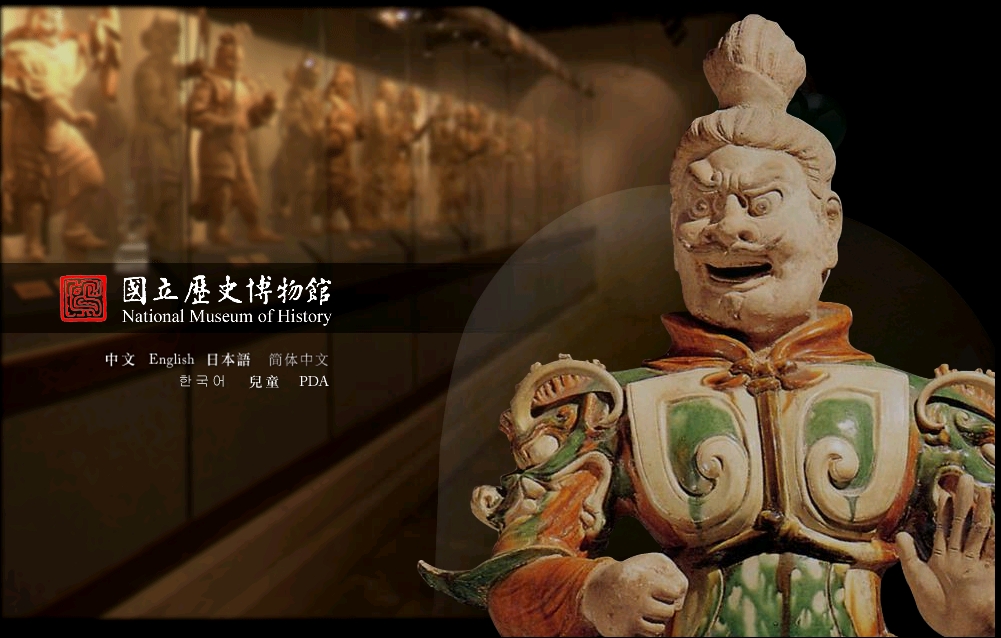  |
Bamboo and Wood (National Museum of History)
The National Museum of History houses a collection of 1,084 pieces of bamboo and wood artifacts, such as scholars’ desk and decorative objects, figurines of deities, ceremonial and musical instruments, objects of daily uses and production tools, wh... |
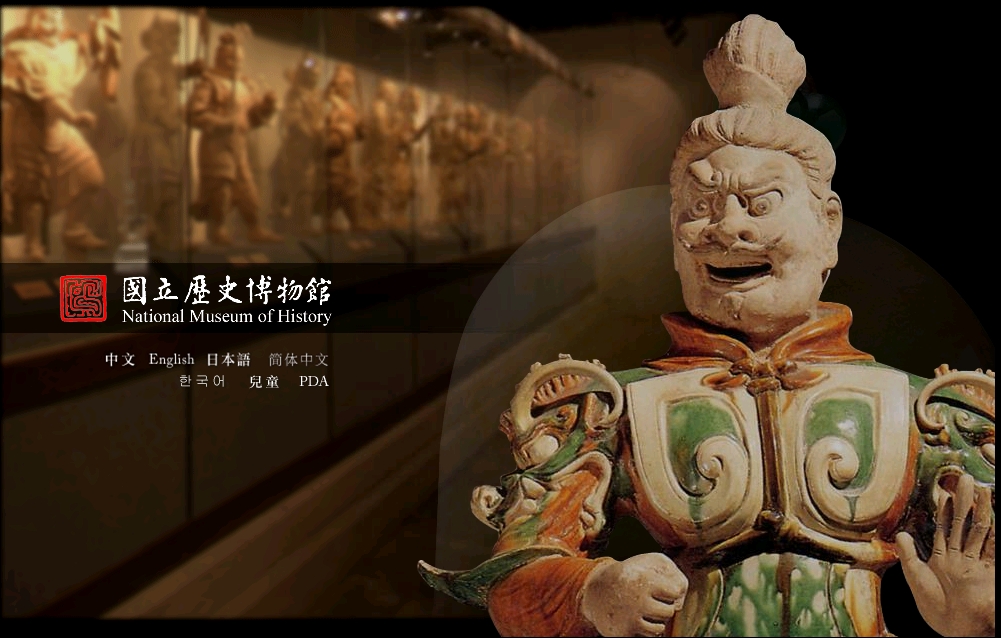  |
Lacquer ware (National Museum of History)
The Hemudu Culture at Yuyao in Zhejiang Province has confirmed that China is the first country in the world using lacquer. During the Han and Tang dynasties, lacquer ware spread to Korea and Japan, and then to Europe in the seventeenth century. A tot... |
  |
Seal (National Museum of History)
The seal collection at the National Museum of History comprises seals, seal rubbings, and seal materials. Not only the beauty of ancient seals and seal engravings, but also the juxtaposing effects of red ink on white paper and the lustrous beauty of ... |
  |
Jade (National Museum of History)
There is a collection of 1,765 jade pieces of various kinds preserved at the National Museum of History. Ancient jade collection comprises prehistoric horseshoe-shaped jades from the Hongshan area, jade vessels of the Spring and Autumn Period unearth... |
  |
Weaving (National Museum of History)
Since 1959, the National Museum of History has acquired the woven fabrics either through donations or purchases, which are mostly the clothing from the Qing dynasty and the early Republic of China, bringing the weaving collection to the total of over... |
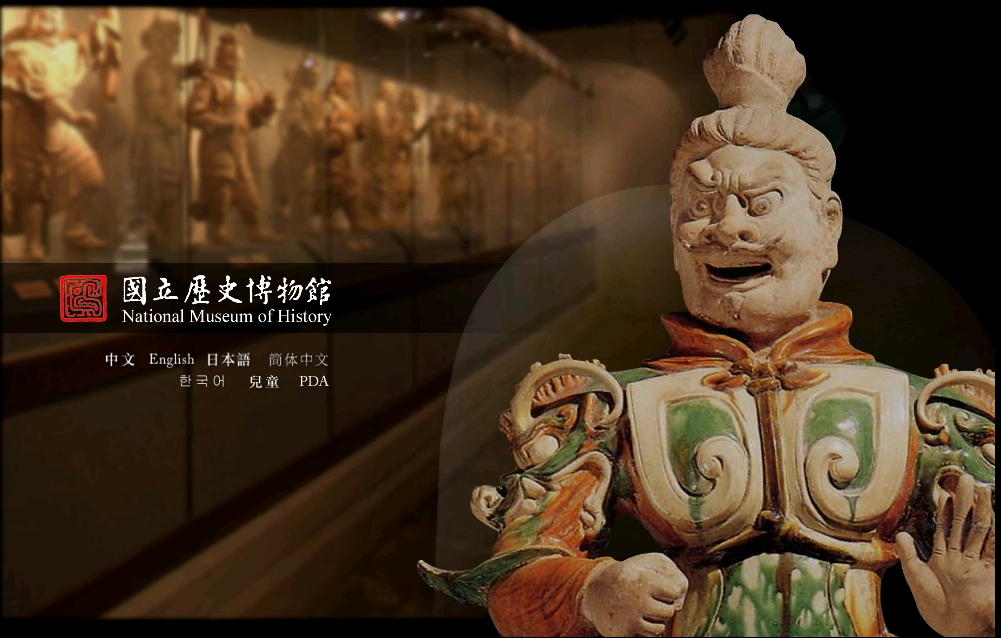  |
Glassware (National Museum of History)
The National Museum of History has collected glassware since 1996 and housed 213 pieces currently. The collection comprises utensils of daily use, burial objects and decorative pieces; their styles imitate those of jade, porcelain (or bronze ware), a... |
  |
Teeth and Bone ware (National Museum of History)
Tooth and bone carving in China has had a long history. During the Neolithic period, animal bones and teeth were already brought into use, and were later replaced by ivory due to its remarkable firmness and elasticity, and beautiful colors. Aside fro... |
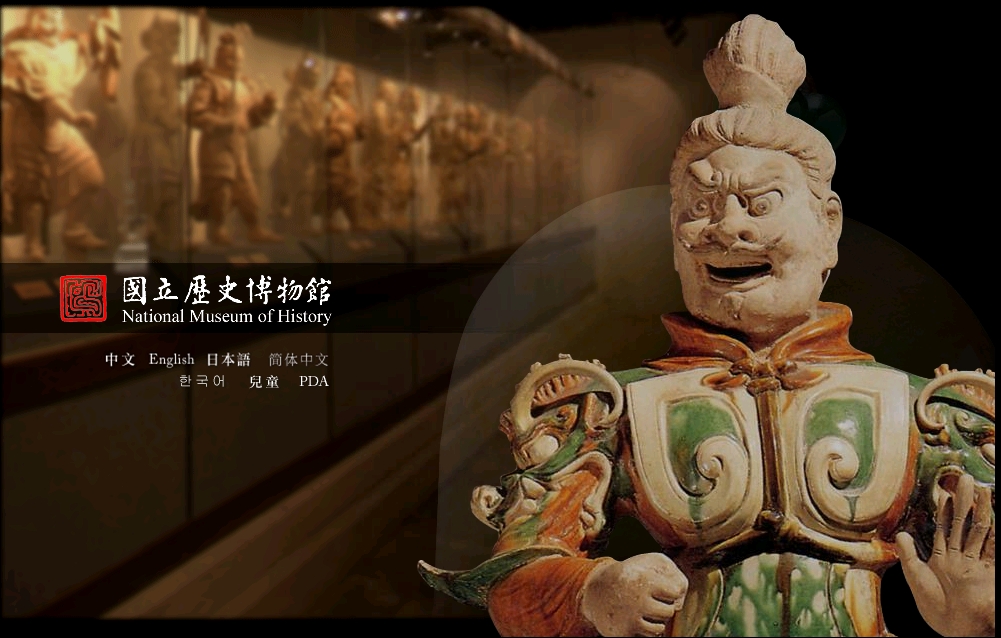  |
Pottery (National Museum of History)
The National Museum of History houses approximately 320 pottery pieces from the prehistoric times and the Shang and Zhuo dynasties. The pottery collection comprises pieces of cultural relics excavated from the ancient cities such as Erlitou, Banpuo, ... |
  |
Enamel (National Museum of History)
Since 1956, enamel artifacts has been added to by the National Museum of History and reached a total of 182 items so far. Enamel pieces can be divided into several types such as utensils of daily use (bowls, cups, plates), decorative objects (snuff b... |
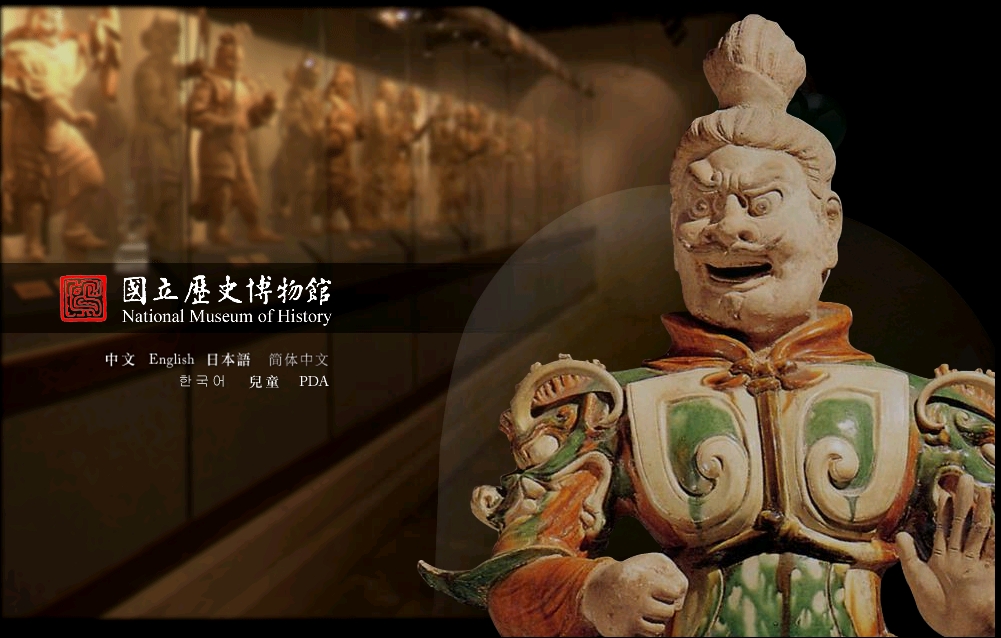  |
Currency (National Museum of History)
The National Museum of History can claim to be the earliest museum known to be the “wealthiest”, considering the amount of money in its collection. The museum possesses 309 jute bags of the Qing and early Republic of China coins given by the Navy... |
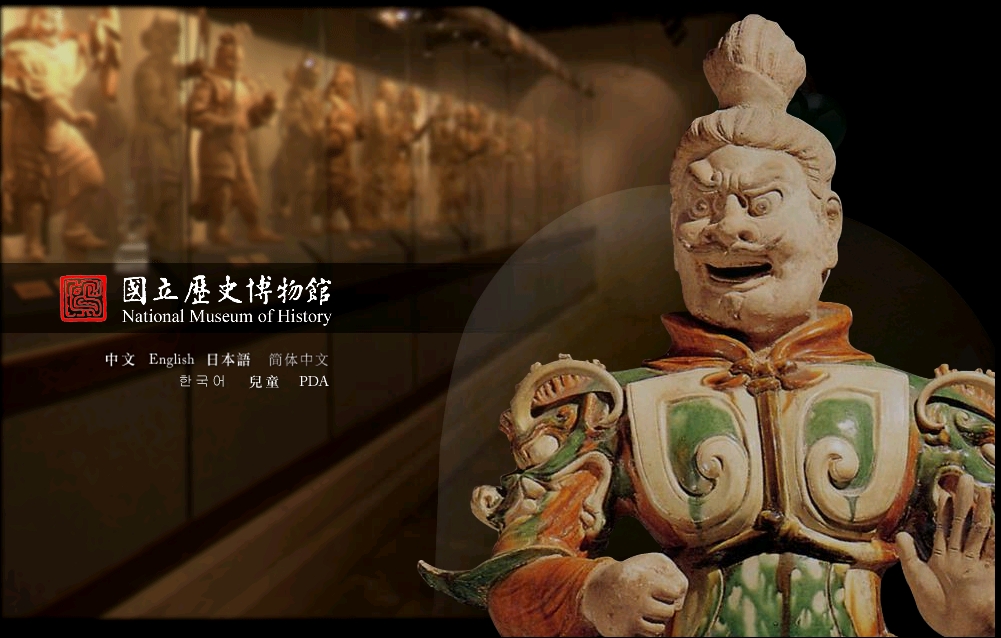  |
Photography (National Museum of History)
Beginning 1976, the National Museum of History has accumulated photographic works, bringing up to 398 pieces in 2000. Though the technology used in photography has undergone several changes since its birth, the collection here is still that of tradit... |
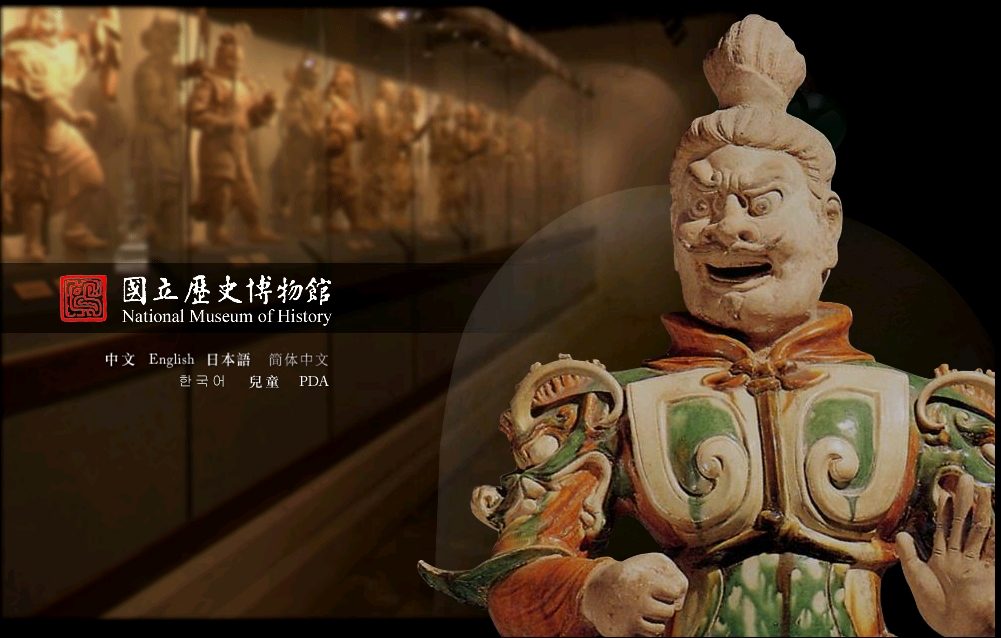  |
Paper Cuts (National Museum of History)
The majority of the paper cuts at the National Museum of History have been acquired mainly through donations, reaching up to 200 pieces. Paper-cutting, also called picture-cutting, is part of traditional Chinese folk art. The earliest unearthed item ... |
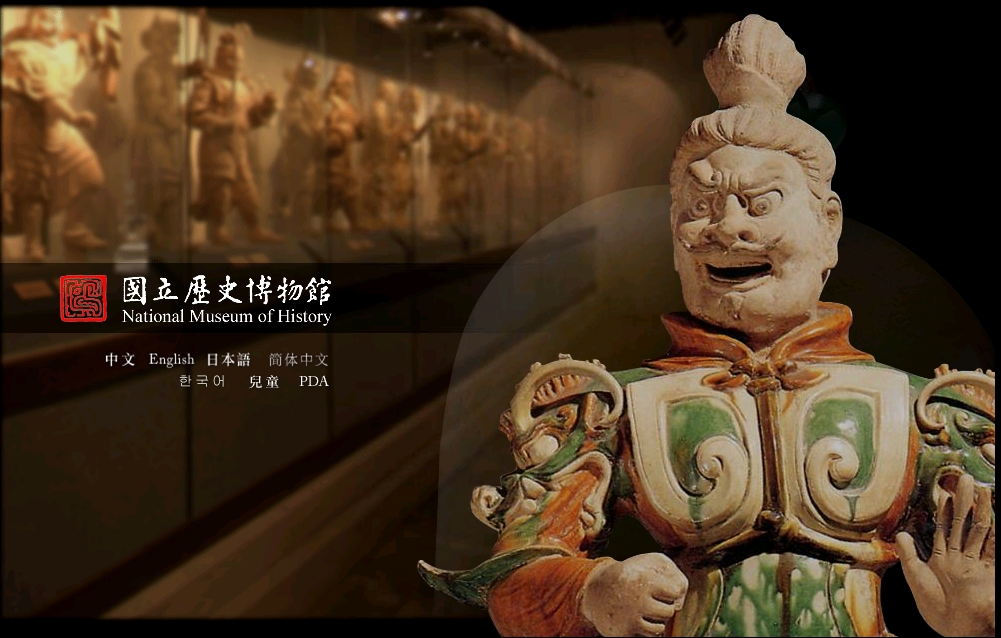  |
Prints (National Museum of History)
Prints at the National Museum of History can be divided into traditional folk prints, modern prints, and Japanese ukiyo-e (pictures of the floating world). Most of the traditional folk prints were renowned local works made during the Qing dynasty and... |
  |
Chinese paintings (National Museum of History)
The National Museum of History houses approximately 3,182 Chinese paintings, most of which are works dating from the early Republic of China period onwards. Works of the Qing dynasty, ranked second in number, and a small number of works of the Tang, ... |
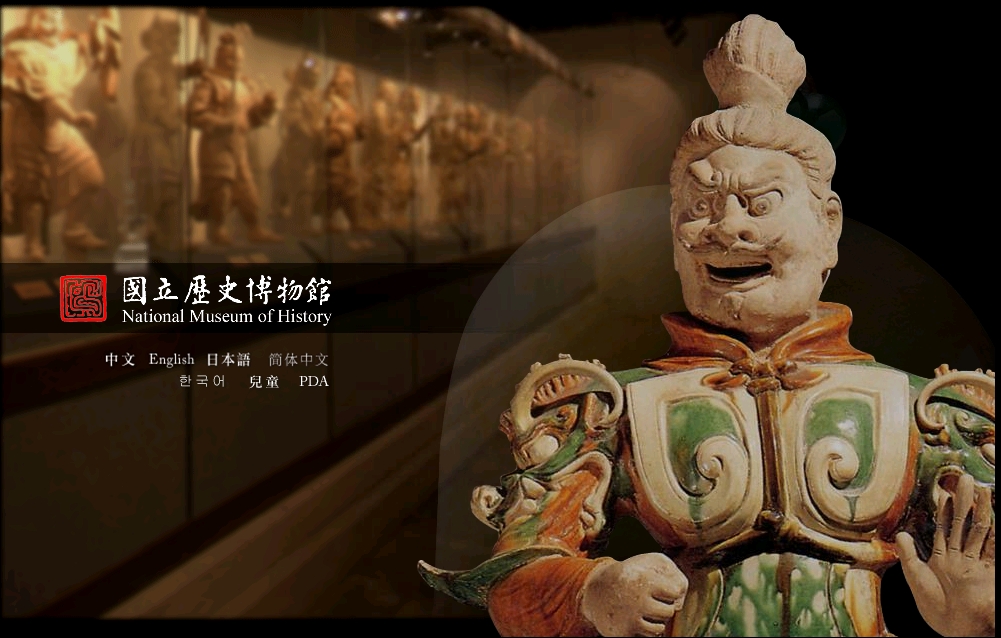  |
Calligraphy (National Museum of History)
With an aim to promoting and preserving Chinese culture, the National Museum of History has collected many exquisite calligraphy works, many of which are masterpieces of certain time periods. A large part of the collected works date from the early Re... |
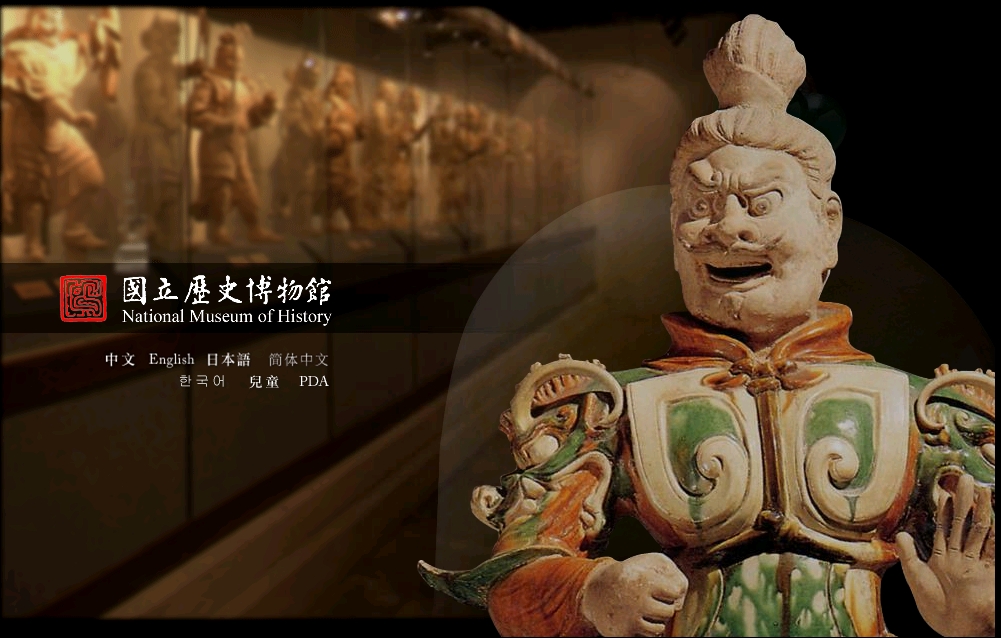  |
Western paintings (National Museum of History)
The National Museum of History houses 737 Western paintings of the early Republic of China period, such as those by Chang Yu, Pan Yu-Liang, Ma Bai-Shui, Zhao Er-Dai, Liao Ji-Chun, Zhao Wu-Ji, Yang San-Lang, Lan Yin-Ding, and Xi De-Jin. Foreign painti... |
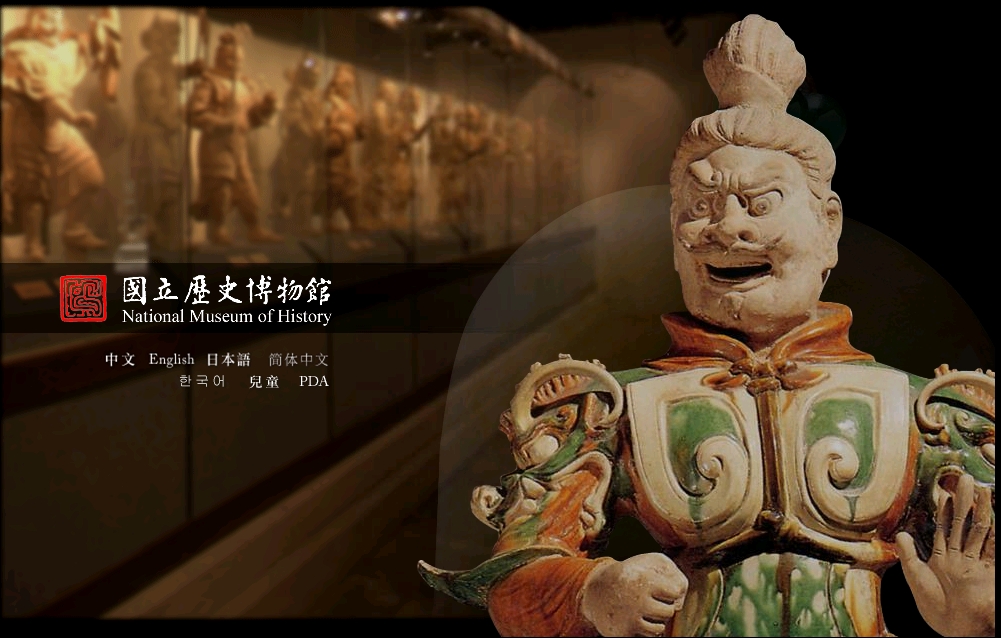  |
Documents (National Museum of History)
Document collection at the National Museum of History comprises oracle scripts, stone stele inscriptions, rubbings of painted bricks, paper documents, manuscripts, medals, pictorials, and other items of historical value. For the 2006 digital archives... |